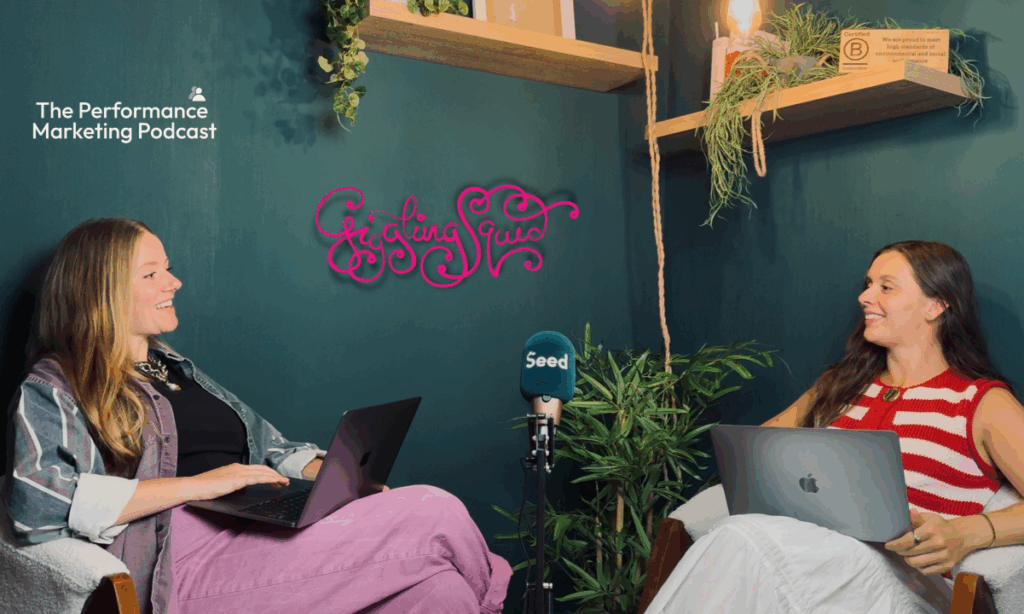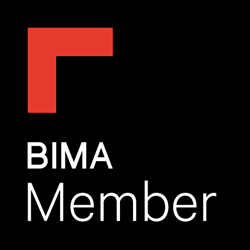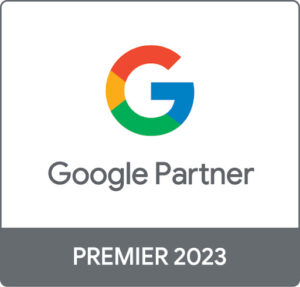Seed HQ launched its first-ever Twitter chat last on 8 March as part of its #TooAfraidToAsk series. Aimed at solving your digital marketing queries, we will continue to tackle the four pillars of digital marketing: SEO, PPC, Content Creation and Social Advertising over the coming weeks.
Our aim is to provide businesses, bloggers, students and anyone who has an interest in digital marketing with relevant advice which they can implement quickly. This includes useful links to Seed resources and tools that we use in the office, alongside quick hacks to boost your website rankings.
Why create an SEO Twitter chat?
We realise how quickly changes to Google algorithms can affect everything from keyword ranking, page position and domain ratings. By hosting a Twitter chat we aim to create an easily accessible platform so our followers can share handy tips in real-time. Not only will this help spread knowledge it will also create a supportive community where participants can ask digital marketing questions they have been #TooAfraidToAsk.
Your most commonly asked SEO questions
We kicked off our first ever Twitter chat by focusing on a fundamental aspect of digital marketing: Search Engine Optimisation. Although SEO is integral to boosting followers and driving traffic to your website, it is often misinterpreted and misunderstood.
By implementing simple yet strategic steps, however, you will begin to see how it can be of real benefit to your website rankings.
Here’s are some of the questions we were asked during our hour-long SEO chat:
Q1. What is SEO?
Search Engine Optimisation: online activity that attempts to improve your business rankings on search engines. It can be broken down into 3 main areas; technical, content and building natural, relevant links.
The description above is SEO in a nutshell. The most widely used search engines – Google, Bing, Yahoo – use primary search results to list web pages, local listings, rich snippets and media content, based on what is most relevant to users. 3.5bn daily searches are made on Google alone, which has the biggest market share in the SERPs market by far.
If you’re not on the first page of Google, your business won’t be found and potential customers won’t know about you.
There are plenty of studies out there which all point to the same finding: the majority of browsers don’t make it past the first page of Google. One study in 2013 went so far as saying that 95% of web traffic sits on page one, which puts a lot of pressure on SEO teams to achieve top 10 keyword rankings for clients.
Q2. Does it take a brand or business a long time to achieve it, or is there rapid solutions out there?
In general, SEO takes longer to build than PPC. However by focusing on keywords, creating relevant content and building links with authoritative websites you should begin to see an increase in your website rankings.
Unlike PPC and social advertising, the aim of SEO is to increase organic traffic to your business. It’s an ongoing process which is as much about interpreting data based on what a business wants to rank for as it is about being able to access the data.
Great SEO relies on a few key principles:
Making your site(s) easy to find (ranking highly on the top of SERPs), easy to use and optimised. Each page should have its own unique focus.
Content should be relevant and valuable for users. Any links you use must also be relevant and logical.
Remove technical issues so Google is able to crawl and search your site with ease.
Check out our blog piece for more information Principles of great SEO strategy
Q3. I don’t believe my company is gaining enough local traction. What should I do?
We’ve actually written a blog post on this one – check out our expert advice on selecting a stand out business image, responding to reviews and engaging your followers.
Local SEO is a discipline in itself, with a range of targeted actions that any business can do on a small budget. We’re all searching for places and things to do near us, which makes local SEO more important than ever.
At its heart, SEO is all about solving other people’s problems. By setting up strong business profiles on Google, attracting reviews and optimising your site for incoming traffic, you’ll be making your business experience easy and simple for others.
Make it easy for customers to leave product reviews, ensure your listings are consistent and jargon-free and produce content which is helpful rather than a hindrance.
Adding your business to local directories such as such as Google my Business and Bing Places for Business will increase your chances of being found by potential customers in the locality.
Q4. I’m not using enough keywords on my website. What should I do?
If you increase your content, you can increase the number of keywords you are targeting. It is important, however, to ensure your keywords don’t compete with other pages on your website.
Keywords are part of the foundation of how search engines understand and index your website. As a business, you should target high ranking keywords which will allow your business to be found by customers searching those terms online.
Tools such as SEMrush are the perfect way to see what keywords your website is ranking for and what words you should consider using in future postings.
Our need-to-know SEO tools:
- Page Speed Insights
- Test my site
- Ahrefs
- Screaming Frog
- Pingdom
- Heading Checker
- Structured Data Testing Tool
- SEMRush
Join us for a Twitter chat
Throughout the coming weeks, the Seed team will be busy answering your questions on the most in-demand digital services. To participate, simply ask your question or write a suggestion using the #TooAfraidToAsk hashtag: it’s as simple as that! Once you post using the hashtag, we’ll be able to spot you in our feed to answer any queries or mentions you may have.
Our next chat is Thursday, March 22nd where we will be focusing on content marketing, in particular how bloggers can attract collaborations with advertisers and brands. This is a particularly special chat as we will be joined by experts in the field to help solve your content marketing queries.
See you there!










